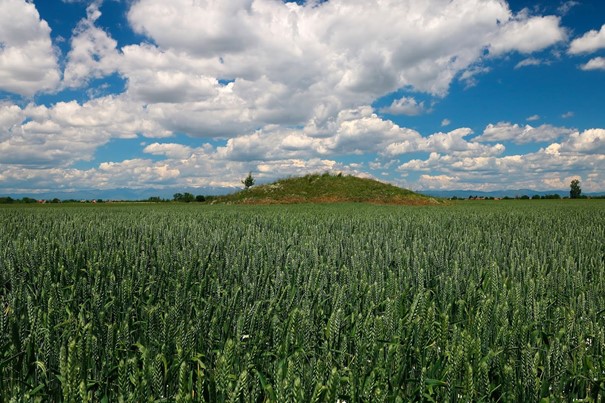Balázs DEÁK (Centre for Ecol. Res., Hungary): Ancient steppic burial mounds (so called ‘kurgans’) predominantly built by the Yamnaya cul-ture during the Bronze Age, are one of the most widespread manmade landmarks in the steppes of Eurasia. Besides their cultural importance they have crucial ecological and biodi-versity conservation roles both in the transformed agricultural landscapes of Central and East Europe and in the vast steppes of Central Asia.
The presentation will reveal:
• The historical importance of the mound builders (Yamnaya culture) who were nomadic herders but reformed the genetic and technological landscape of the Indo-European populations.
• The current and past distribution of kurgans.
• The environmental factors and related ecological processes that are responsible for the extremely high plant diversity on kurgans covered by steppe grasslands.
• The importance of island-like kurgans in agricultural landscapes where they often act as habitat islands.
• The parallel patterns in community level trait composition between isolated kurgans and true oceanic islands.
• How can we estimate extinction debt typical to small grassland islands using kurgan vegetation data and historical maps.
• How can cultural values contribute to the conservation of our natural heritage: a case study on a continental scale.
